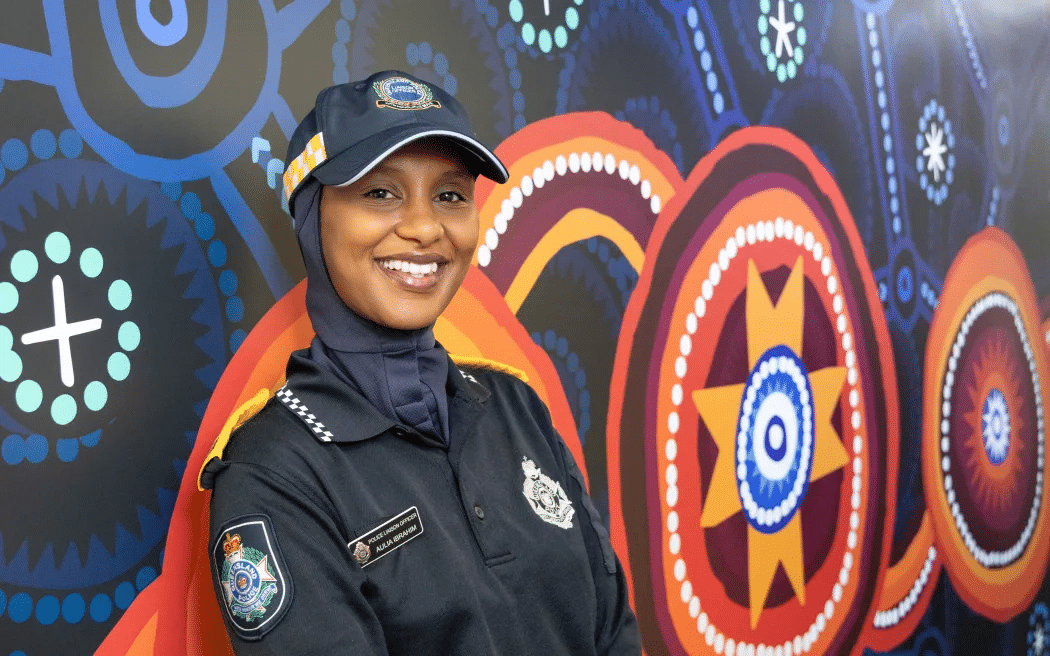More and more countries are embracing the religious headscarf, even in public service roles such as police officers or paramedics. The underlying reason is the value placed on diversity, but the ongoing staff shortages are also a factor in deviating from a strictly neutral appearance.
By allowing the hijab, you welcome a new target group, but you also face new challenges. In New Zealand, the police came up with a solution for this. They even won awards for it, and the concept is gradually being adopted by more countries and services.
The Perfect Hijab for a Uniform
It wasn’t an easy process for the New Zealand police. After extensive research abroad, it turned out that there wasn’t a model safe enough for officers to wear on the streets. That’s why fashion designer Deb Cumming from Massey University and fashion lecturer Nina Weaver were brought in to develop the ideal hijab.
The women worked on it for 16 months, but the result speaks for itself. The hijab fits snugly around the head, is breathable, and has antibacterial properties. Additionally, the traditional pins used to secure the scarf had to be replaced. The best alternative turned out to be a combination of magnets and Velcro. After testing 30 different models, the final version was introduced in 2020.
The New Zealand police gained international recognition for their custom-made hijab. In 2021, the design was selected by the Project Management Institute in New York as one of the 50 most influential projects. A year later, it received the Tahunui-a-Rangi Award from the Royal Society Te Apārangi, an independent national academy in New Zealand.
Interest in the New Zealand Hijab
More and more organizations are showing interest in this unique hijab. It is already being worn by the police in Queensland, Australia, and two ambulance services in New Zealand. The police force of Victoria (Australia) and NZ Corrections staff—who work inside and outside prisons with offenders—have also expressed interest. But the hijab is not only worn in professional settings. In New Zealand, some prisoners even choose to wear it in detention.
It wouldn’t surprise me if this hijab gradually gains popularity in other parts of the world. In the aviation industry, for instance, hijabs are becoming more common. In 2023, British Airways launched a new uniform, including a matching headscarf. However, most employers that allow the hijab expect women to bring their own or provide a model that matches the uniform’s color.
Not Without Risk
Still, it’s only a matter of time before companies that allow hijabs will need to delve deeper into the subject. What they understand very well in New Zealand is that this head covering does not come without risks. You can roughly compare it to a necktie in the hospitality, hotel, or aviation industry—clip-on models are commonly used for a reason.
If a customer becomes aggressive and pulls on your tie, a classic tie turns you into a dog on a leash. You’re stuck as long as someone holds onto it. For a woman wearing a hijab, the scarf might fall from her face, but it will still be fastened around her neck, posing a safety hazard. Not to mention the risk of being pricked by pins and the fact that many women do not want anyone to see their hair.
Besides comfort and appearance, safety is one of the most important aspects of a uniform. And that applies not only to clothing but also to the accessories that come with it.




















